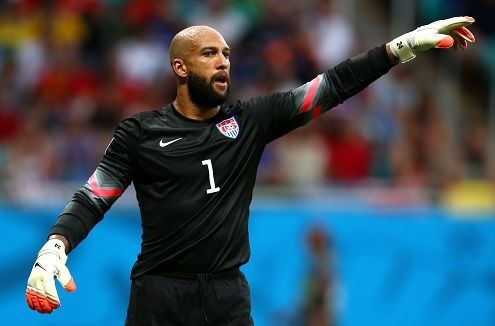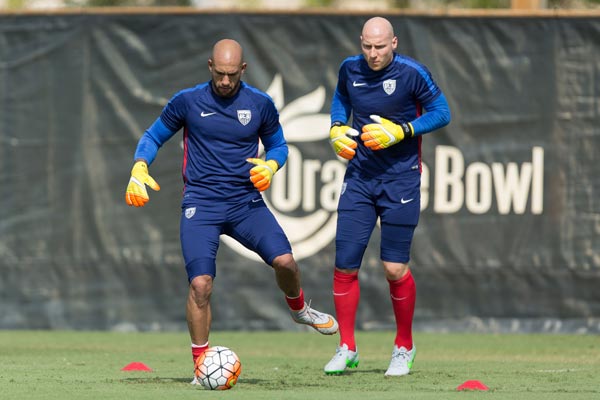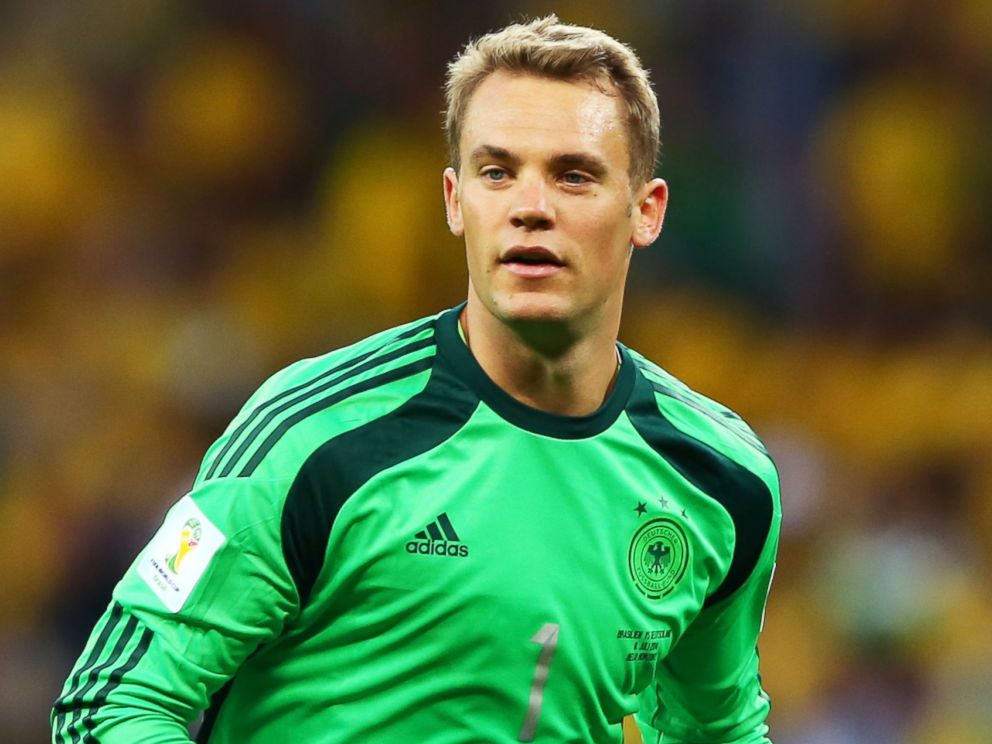I often get questions from keepers regarding what to do when their teammates won’t listen to them. It’s safe to say that sometimes the situation involves a systemically toxic environment, in which case finding a new team might be the only option, but before it goes that far, here are some things keepers can do to help improve rapport with their team.
1) Start with a teammate you can trust – Very often, there is a player on the team with whom you have a good relationship. Maybe that player plays with integrity (hustles back, listens, marks well), if it’s a center back or a holding midfielder, that’s a big bonus. Get them on board and use the power of both of you to get a third player to start listening and snow ball from there into a fourth player, a fifth, etc. until you have the majority of the team working with you and holding each other accountable. This is called positive interdependence.
2) Carry yourself on the pitch with the utmost confidence – You have to believe in yourself if you want others to invest in you. The first thing I do when I play with a new group for the first time is I introduce myself to the back line: “Hey I’m Mike,” I shake their hands or give them a pound one at a time and ask their names, then I quickly take charge and tell them one of my strong traits— “hey, if you guys need to use my feet, it’s not a problem, you can play back to me all day!” Once you start believing in yourself, there’s no limit to what you can do.
3) Talk…LOUDLY! – Your teammates need your direction, but here’s the trick: you can’t just be a talking head the entire game, or scream your head off at the wrong times, they will start to drown you out. Be concise, to the point, and specific with what you say. Do not mince words. Call “keeper!” early. Your volume and tone should match the situation. An unmarked player in the six at the near post? That’s an emergency! You need to tell the nearest player to mark him, and do it with urgency! However, if it’s your team’s corner kick, and they have a target forward creeping up past midfield stretching the field, you can be conversational with your backs about how to defend him. “Johnny, watch your right shoulder”.
4) Back up your talking with your play – If you can back all this up with great goalkeeping, then you will get buy-in from your teammates. Once they know they can rely on you, they will start hanging on everything you say. This is especially true if you are new to the team or in a new environment. They need to know that they can rely on you.
5) Be critical when you have to, but balance out your criticism with a positive – We’ve all seen Tim Howard or other goalkeepers lose it on their teammates (oh, those crazy keepers), but what you don’t always see is that good leaders might yell at someone for not marking or turning over the ball in a bad spot, but when the ball goes out for a goal kick the keeper might say “I’m only being hard on you because I know you are a baller, let’s go, we got this!”
Good luck out there, I hope this helps some of you guys.
Michael Sylvia is the former goalkeeper coach for the New York Red Bull’s prestigious Regional Development School as well as the former goalkeeper coach at Kean University. He is currently the Director of Goalkeeping at Kearny Thistle United.



 Offensive Third
Offensive Third Middle Third
Middle Third Defensive Third
Defensive Third